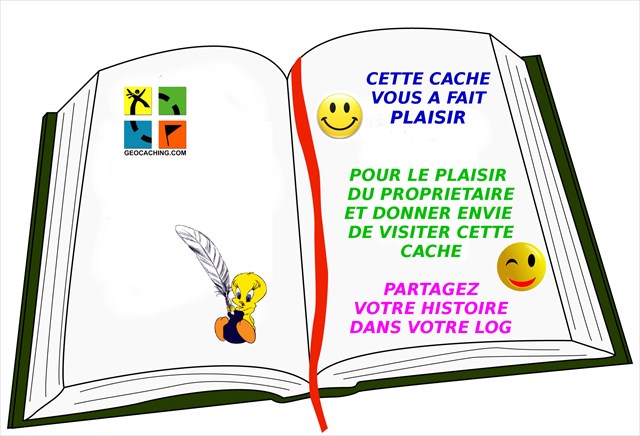Traduction / Translation






Lorsque des couches de terrain de l’écorce terrestre sont soumises à des contraintes tectoniques, ces roches vont, à la longue, se déformer. Les déformations sont d’abord souples, non cassantes. On obtient alors des ondulations de terrain appelées PLIS. On parle de plissement des roches.
Si les contraintes se poursuivent, les déformations vont devenir cassantes : la roche se brise. On obtient alors des failles. Selon la plasticité de la roche, l’apparition de failles interviendra plus ou moins vite
Un pli peut être DROIT, DEJETE OU COUCHE , en fonction de son axe central (vertical pour un pli droit, devient de plus en plus horizontal)

Il existe d' autres formes de pli
Lorsque les contraintes provoquent une rupture des couches, on obtient un pli-faille , La couche de roche se trouve alors scindée en deux parties.
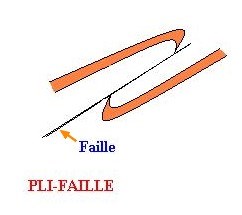
En fonction de l angle formé par les flancs du pli, le pli se dit OUVERT, SERRE ou ISOCLINAL (angle de plus en plus aigu)

Il existe d'autre sortes de pli :
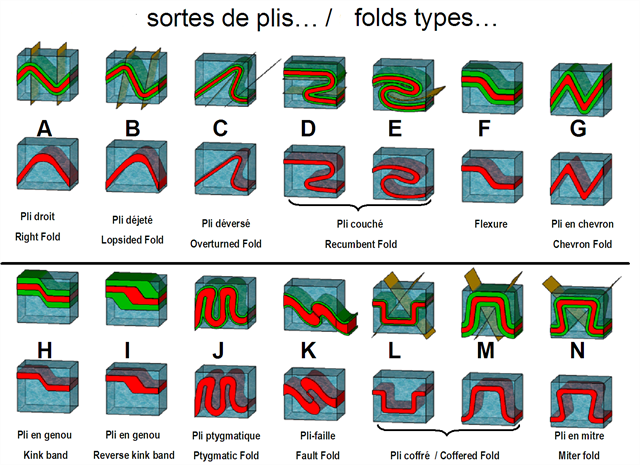
Lorsque des couches sédimentaires de roches forment des plis, la partie d'une couche plissée qui forme une bosse se nomme ANTICLINAL ((opposé : SYNCLINAL) La couche la plus récente est à l'extérieur du pli. La couche la plus ancienne se trouve à l'intérieur du pli.
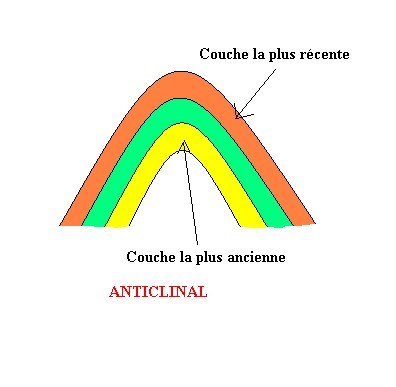
On appelle CHARNIERE, la région du pli où la courbure de la couche est maximale.
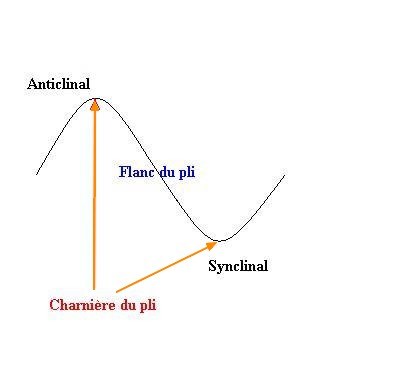
L'anticlinal possède une charnière ; le synclinal possède aussi une charnière.
(source http://www.geowiki.fr/)

 Rappel : Sur une Earthcache, il n'y a pas de boites à trouver
Rappel : Sur une Earthcache, il n'y a pas de boites à trouver

Pour valider votre visite sur le site, envoyez-moi les réponses par courrier électronique
(ou via mon profil géocaching)
(Pas de réponses dans vos logs SVP)
Vous pouvez loguer en write note sans attendre ma confirmation
LES LOGS ENREGISTRES SANS REPONSES SERONT SUPPRIMES
Une photo de vous (même si elle n est pas obligatoire) sur le site serait la bienvenue

- Rendez vous au coordonnée (WP1) N47°56.880 W001°22.008
Q1 : Quelle est l'orientation de la couche ? Est elle HORIZONTALE ? OBLIQUE ? VERTICALE ?
- Rendez vous au coordonnée WP2 N47°.56.867 W001°21.995
Q2 : Quelle est l'orientation de la couche ? Est elle HORIZONTALE ? OBLIQUE ? VERTICALE ?
- Rendez vous au coordonnée WP3 N47°56.870 W001°22.008
Vous voila devant la charniere du pli.
Q3 : Devant quel type de pli vous trouvez-vous ?

When soil layers of earth crust are subjected to tectonic stresses, these rocks will, over time, become deformed. The distortions are first flexible, not brittle. Are then obtained undulations called FOLDS. There is talk of folding of rocks.
If the constraints are continuing, will become brittle deformation: the rock breaks. Then obtained faults. According to the plasticity of the rock, the occurrence of faults will occur sooner or later
A fold may be straight, warped or reclining, according to its central axis (vertical to a right bend, becomes more and more horizontal)

When stresses cause rupture of the layers, you get a fold-fault, the rock layer is then split into two parts.

Depending on the angle formed by the flanks of the fold, the fold said OPEN GREENHOUSE or isoclinal (angle of more acute)

There are other kinds of fold :
When sedimentary layers of rock form folds, part of a pleated layer that forms a bump is called anticline ((opposite: syncline) The most recent layer is outside the crease The oldest layer is. inside the fold.

Called hinge, the fold region where the curvature of the film is maximum.

The anticline has a hinge; syncline also has a hinge.
(Source http://www.geowiki.fr/)

 Reminder: On a Earthcache, no boxes to find
Reminder: On a Earthcache, no boxes to find

To validate your visit to the site, send me the answers by e-mail
(Or via my geocaching profile)
(No answers in your logs, please)
You can log in write note without waiting for confirmation
THE LOGS SAVED WITHOUT ANSWERS WILL BE DELETED

A picture of you (even if it is not mandatory) on the site would be welcome

- At the coordinate (WP1) N47 ° W001 ° 22008 .56.880
Q1: What is the orientation of the layer? Is it horizontal? oblique? vertical?
- At coordinated WP2 No. N48 ° W001 ° 21995 .56.867
Q2: What is the orientation of the layer? Is it horizontal? oblique? vertical ??
- At coordinated WP3 No. N48 ° W001 ° 56870 22008
There you are in front of the hinge of the fold.
Q3: You are behind of fold, what kind of fold ?

